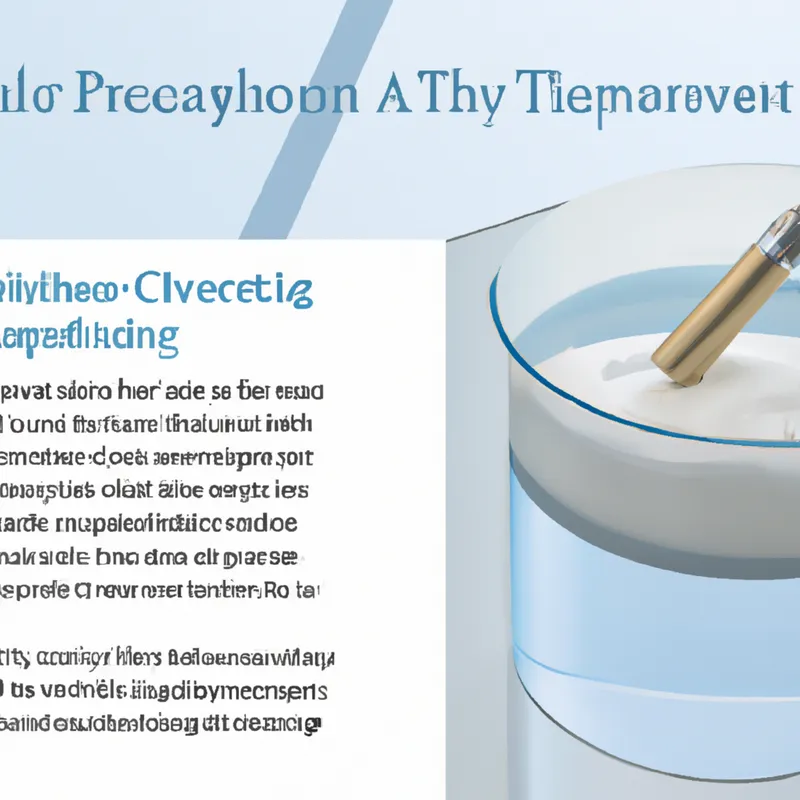Analyze the Benefits of Different Cryotherapy Methods
Comparing the Efficacy of Cryotherapy Techniques: A Literature Review
Cryotherapy uses cold temperatures for therapy and has gained popularity among athletes and fitness enthusiasts. Many individuals seek effective recovery methods, leading to various cryotherapy techniques claiming unique benefits. However, the efficacy of these methods varies based on individual needs and specific conditions. This post reviews existing literature to compare different cryotherapy techniques and their efficacy.
Understanding Cryotherapy Techniques
Cryotherapy methods fall into two categories: localized and whole-body treatments. Localized cryotherapy targets specific body areas, while whole-body cryotherapy (WBC) exposes the entire body to cold. Both methods relieve pain, reduce inflammation, and enhance recovery, but they operate differently.
Localized Cryotherapy
Localized cryotherapy uses ice packs, cold compresses, or cryo-guns. This technique directly targets injured or inflamed areas, making it popular for acute injuries and post-exercise recovery. Research shows that localized treatments effectively reduce pain and swelling. For example, a study in the *Journal of Athletic Training* found that ice therapy significantly decreased muscle soreness after intense exercise. The study concluded that applying cold therapy within 24 hours post-exercise enhances recovery and performance.
Localized cryotherapy also offers accessibility. Ice packs and cold compresses are easy to use at home, making this technique convenient for everyday injuries. Additionally, localized treatments feel less intimidating than whole-body exposure to extreme cold, allowing individuals to feel more comfortable during recovery.
Whole-Body Cryotherapy
Whole-body cryotherapy (WBC) involves standing in a cryogenic chamber, where temperatures can drop to -200°F (-129°C). Advocates claim that WBC enhances recovery, reduces inflammation, and promotes well-being. A review in the *Scandinavian Journal of Medicine & Science in Sports* indicated that WBC might improve recovery times after strenuous exercise. However, results can vary, with some individuals experiencing significant benefits while others find minimal effects.
WBC offers physical and psychological benefits. Many individuals report an immediate mood and energy boost after WBC sessions. This effect results from the release of endorphins and other neurotransmitters due to extreme cold exposure. However, the high cost and limited availability of cryotherapy chambers can restrict access, particularly for those in non-urban areas.
Tips for Choosing the Right Technique
When selecting a cryotherapy technique, consider your specific goals, preferences, and circumstances. Here are some tips to guide your choice:
1. **Assess Your Needs**: Determine if you need localized relief for a specific injury or a more comprehensive treatment for overall recovery.
Conclusion
In summary, understanding the various cryotherapy techniques helps individuals choose the most effective method for their recovery needs.
Below are related products based on this post:
FAQ
What are the main differences between localized cryotherapy and whole-body cryotherapy?
Localized cryotherapy targets specific body areas using methods like ice packs or cold compresses, making it ideal for acute injuries and post-exercise recovery. In contrast, whole-body cryotherapy exposes the entire body to extremely cold temperatures in a cryogenic chamber, aiming to enhance overall recovery and well-being.
What benefits can I expect from localized cryotherapy?
Localized cryotherapy effectively reduces pain and swelling, especially after intense exercise. Studies have shown that applying cold therapy within 24 hours post-exercise can significantly decrease muscle soreness and enhance recovery, making it a convenient option for treating everyday injuries.
Are there any drawbacks to whole-body cryotherapy?
While whole-body cryotherapy can provide physical and psychological benefits, such as improved mood and energy levels, it may also have drawbacks. The high cost and limited availability of cryotherapy chambers can restrict access for some individuals, particularly those living in non-urban areas. Additionally, the results can vary widely among individuals, with some experiencing significant benefits and others noting minimal effects.















Post Comment